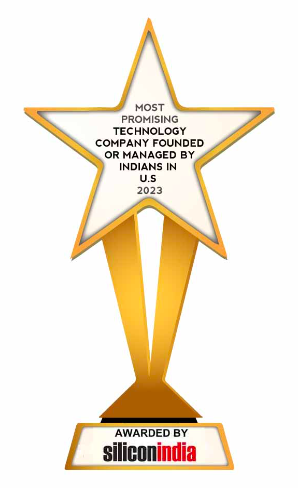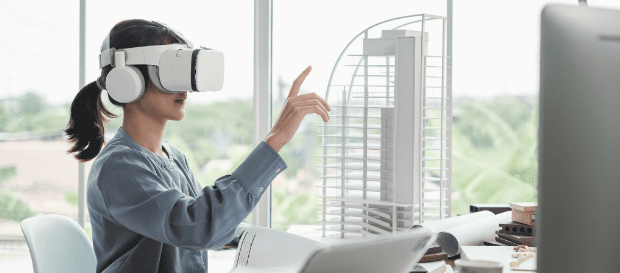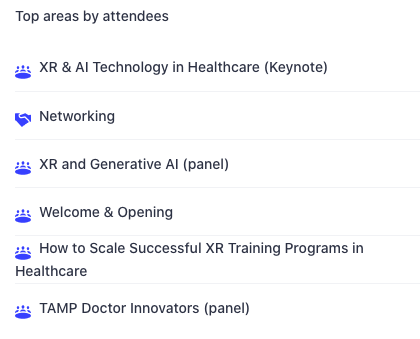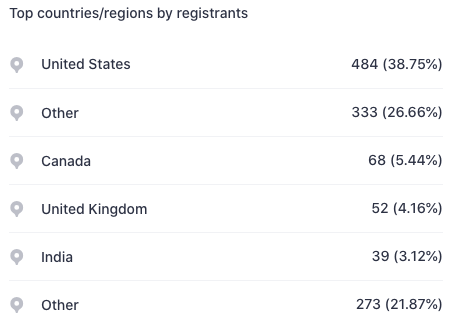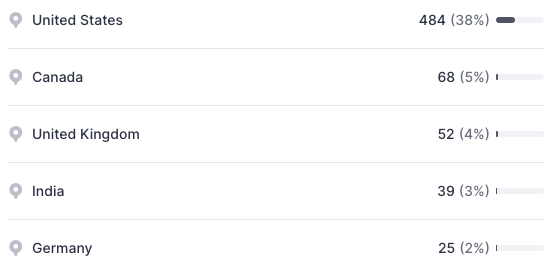Get to see the latest from Sony at our Immerse Global Summit at Metacenter Global Week in Orlando.
Sony, a member of the VR/AR Association (VRARA) dives into 'extended reality' with $2bn R&D war chest.
(Back in 2022, Sony already announced plans to expand into the Metaverse to boost its presence, by using its knowledge of gaming and music to build the Metaverse, allowing people to socialise, collaborate, and join gaming communities, among others. Also, Sony has invested roughly $1 B USD in real-time 3D software firm Epic Games Inc in a bid to develop its own Metaverse immersive worlds)
July 13, 2023 TOKYO -- Sony Group will ramp up R&D spending in its game business, as it seeks to hone technology in live service games and the emerging field of "extended reality" that blends physical and digital worlds.
The company will pour 300 billion yen (about $2.13 billion) into research and development for its game segment for the fiscal year ending in March 2024. The amount, which will account for around 40% of its total R&D spending, now surpasses spending in electronics and semiconductors.
The figure is more than the 271.1 billion yen spent on game R&D last fiscal year, and more than double the 144.5 billion yen in fiscal 2020. Sony Group plans to spend 760 billion yen in company-wide R&D this fiscal year, up 3% on the year.
Games are a major pillar driving Sony's business. Earnings before interest, taxes, depreciation and amortization -- or EBITDA -- for the company's game business was about 337 billion yen last fiscal year, up more than 60% from five years ago.
Sony's pivot from a focus on hardware to a subscription-based business model is spurring the company to step up R&D. Having long relied on sales of its PlayStation game console, the company will now focus on live service games that let customers purchase add-ons for titles streamed online.
Sony projects that the market for add-on style games will reach $19 billion in 2026, a figure that would surpass the market for hardware like the PlayStation for the first time.
Yet Sony itself has yet to make a splash in live service games, relying mostly on sequels to traditional games for software sales. Meanwhile, Microsoft -- which already has a leg up in cloud-based streaming games -- is moving forward with a bid to acquire game publishing giant Activision Blizzard.
To chart a better growth strategy in the field, Sony in 2022 acquired major U.S. game studio Bungie for $3.7 billion, aiming to use its live game know-how to boost development.
Sony plans to have 12 live service game titles in its portfolio by the fiscal year ending March 2026, up from just one in fiscal 2021.
It plans to allocate 55% of PlayStation 5 game development spending to live service games in the year ending March 2024, and 60% for the year ending March 2026.
The company also has its eyes on the metaverse.
Extended reality -- technologies that combine the physical and digital worlds -- is inching closer to the mainstream, with Apple's Vision Pro headset scheduled to hit the market next year. The technology promises immersive gaming experiences involving all five senses.
Sony aims to combine the resources of the nine overseas game studios it has acquired or invested in during the last two years to aid extended reality development. It has invested in U.S.-based Epic Games, whose "Unreal Engine" is one of the industry's leading computer graphics game engines.
"We will continue to make strategic investments going forward, prioritizing intellectual property," said Sony Group president Hiroki Totoki.
The company is also looking to bring the technology it cultivates in its game business into other fields, such as in-vehicle content for the electric car it is developing with Honda.
Sony's pivot comes amid a wider R&D push by other Japanese electronics companies, particularly in growth fields. The total R&D expenses of Japan's top eight electronics companies for the year ending March 2024 will increase 5% on the year to 2.28 trillion yen, reaching a record high for the third consecutive year.
Hitachi will increase R&D expenses in the environmental field by 27%, and Mitsubishi Electric will boost power-saving semiconductor development.

